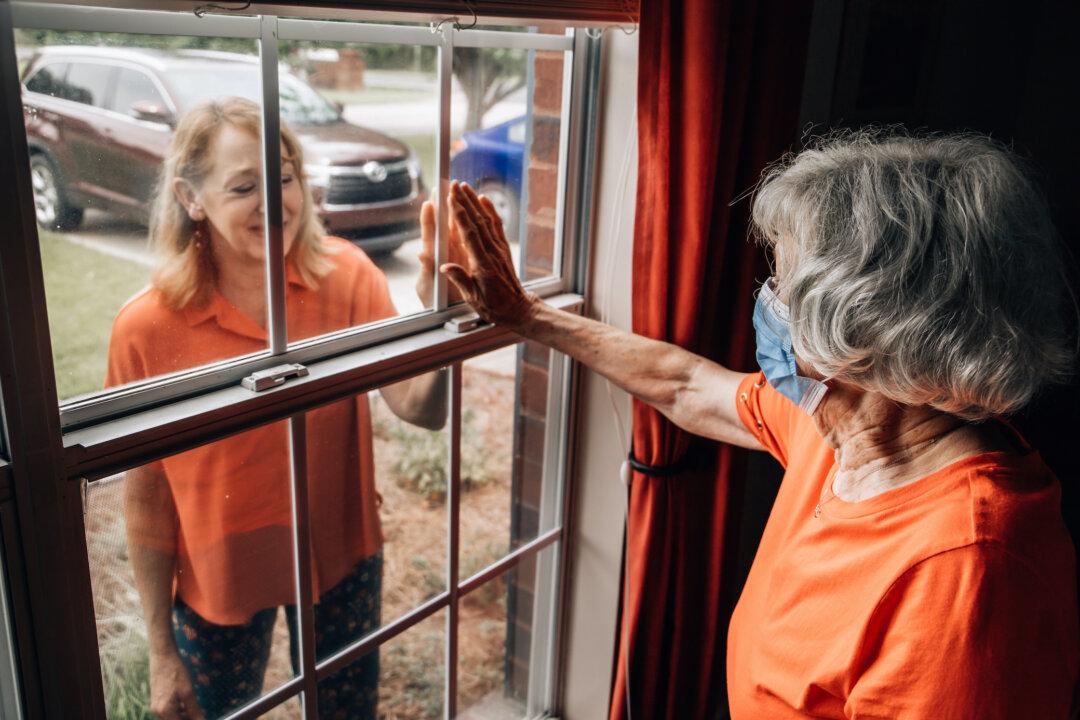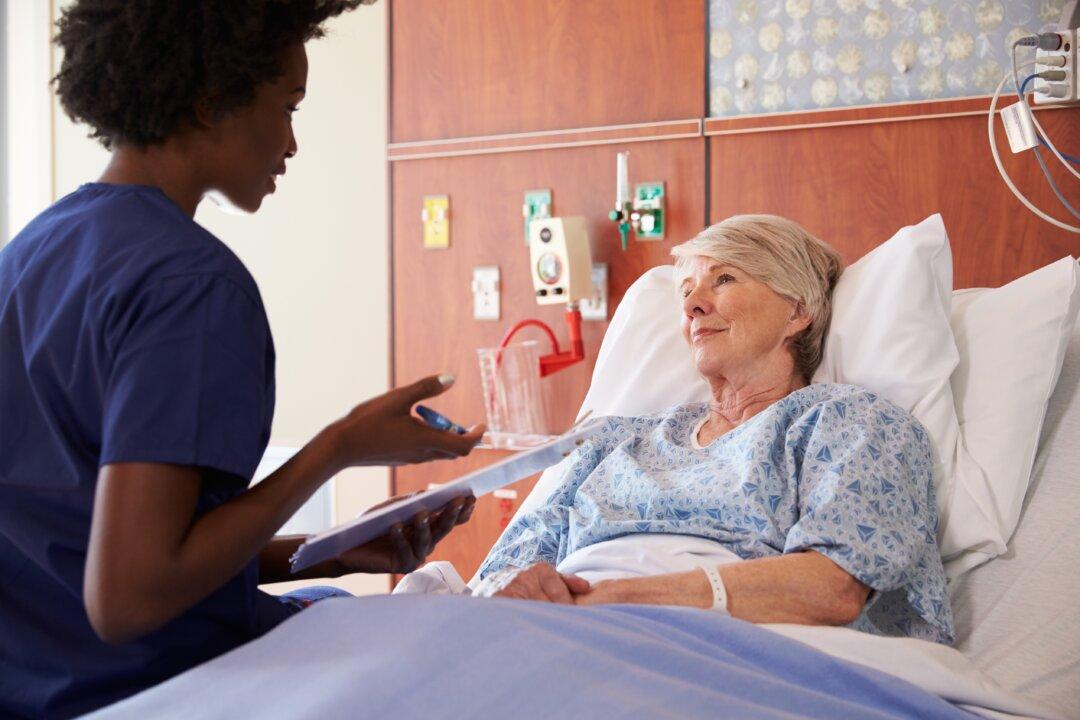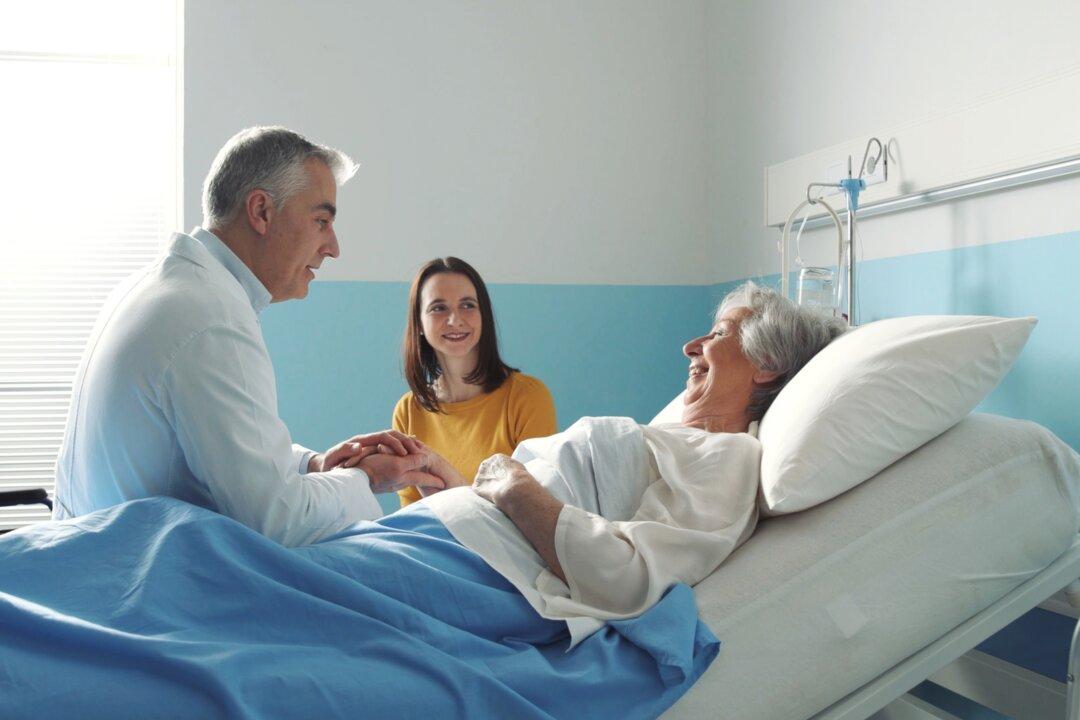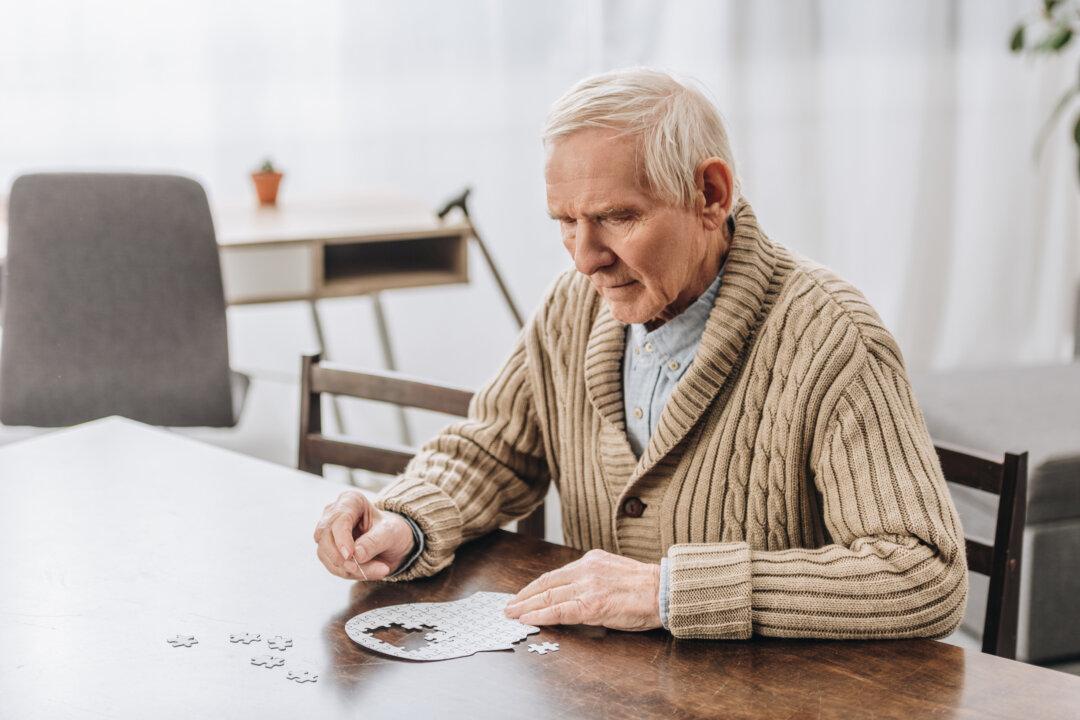As COVID-19 cases rise again in nursing homes, a few states have begun requiring visitors to present proof that they’re not infected before entering facilities, stoking frustration and dismay among family members.
Officials in California, New York, and Rhode Island say new COVID-19 testing requirements are necessary to protect residents—an enormously vulnerable population—from exposure to the highly contagious Omicron variant. But many family members say they can’t secure tests amid enormous demand and scarce supplies, leaving them unable to see loved ones. And being shut out of facilities feels unbearable, like a nightmare recurring without end.





